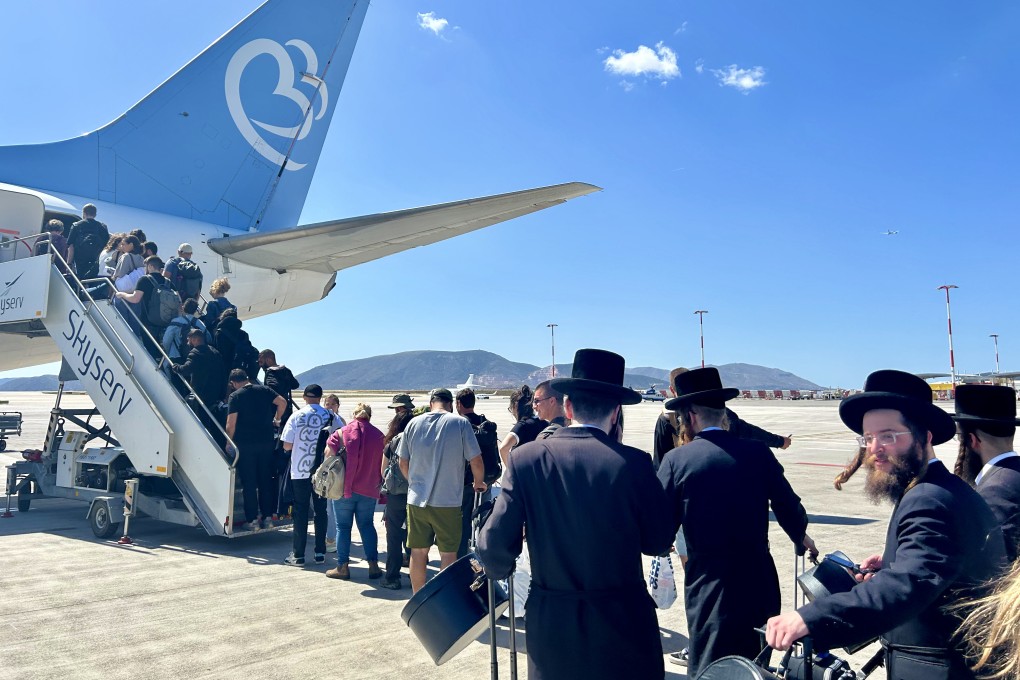What a flight to Israel as a tourist is like during the war with Hamas, on as cheap a ticket as possible
- Despite the ongoing Israel-Gaza war, Ben Gurion, Israel’s main international airport, which lies around 60km from Gaza, continues to function almost as normal
- Our correspondent got a small taste of the frustrations and cost blowouts caused by the constrained supply of flights when he travelled to Israel this month

Israel has been at war since October 7, when Hamas gunmen crossed the border from Gaza and attacked military targets and civilian communities. As many as 1,200 people were killed during the attack and 240 more were abducted by Hamas.
Hamas has launched thousands of projectiles at Israel since, while Israel has dropped tens of thousands of bombs on Gaza. And yet, with the exception of a seven-hour window on April 13, when Iran fired 185 “suicide drones”, 36 cruise missiles and at least 110 ballistic missiles at Israel, the country’s airspace has remained almost entirely open.
Every day, civilian aircraft fly in and out of Ben Gurion, Israel’s main international airport, which lies less than 60km (37 miles) from Gaza, without incident. How exactly the Israelis have pulled it off will be studied by aviation safety experts for years to come and has become a topic of curiosity for frequent fliers.
The answer lies in part with Israel’s Iron Dome air-defence system, which has a success rate of more than 90 per cent for destroying projectiles up to 70km away.

Combined with the Arrow, Arrow 2.0 (which works against exo-atmospheric missiles), David’s Sling and Patriot air-defence systems, as well as fighter aircraft and attack helicopters used to shoot down drones, it makes Israel’s airspace one of the best defended in the world.
But that is just the hardware. The rest has involved a finely coordinated strategy put into play by civilian and military air traffic controllers since the beginning of the war.